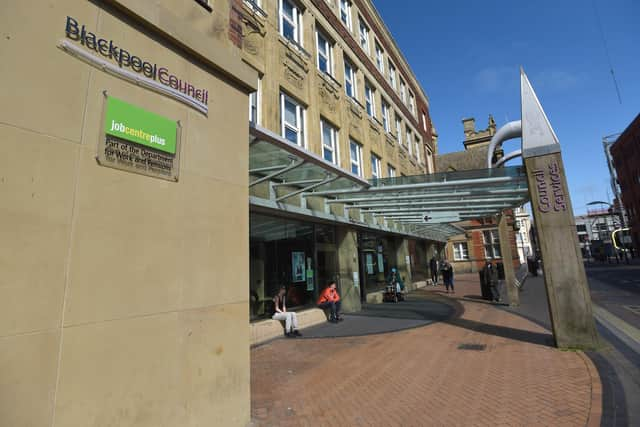More job vacancies than unemployed, but pay falls behind spiralling inflation
and live on Freeview channel 276
The unemployment rate dropped to 3.7 per cent in the three months to March – the lowest since October to December 1974, the Office for National Statistics said.
For the first time, there were fewer unemployed people than job vacancies, although the fall was also due to a rise in the number of people dropping out of the jobs market, the figures showed.
Advertisement
Hide AdAdvertisement
Hide AdThe ONS also laid bare the scale of the mounting cost-of-living crisis, revealing that regular pay excluding bonuses dropped by 2.9 per cent in March when taking Consumer Prices Index inflation into account – the biggest fall since November 2011.


Pay including bonuses jumped 7 per cent and was up 9.9 per cent in March alone as firms ramped up rewards for staff amid a booming jobs market, seen in particular across sectors such as construction and finance.
The local figures for Lancashire showed that the number of people claiming work-related benefits, such as Universal Credit, fell in April.
In the Blackpool North and Cleveleys constituency there were 2,887 people claiming down 2.3 per cent on April last year. In Blackpool South there were 4,205 claiming, down 3.3 per cent while in Preston there were 3,785, down 2.5 per cent.
Chorley had 1,860 claimants, down 1.7 per cent; Fylde had 1,457, down 2 per cent, and Lancaster and Fleetwood had 1,873, down 1.9 per cent.
Advertisement
Hide AdAdvertisement
Hide AdThe Ribble Valley had 1,208 claimants, down 1.4 per cent; South Ribble had 1,330, down 1.4 per cent; while Wyre and Preston North had 991, down 1.4 per cent on April last year.
The latest ONS labour market data also confirmed another rise in the number of UK workers on payrolls, up 121,000 between March and April to 29.5 million.
Darren Morgan, from the ONS, said: “Since the start of the pandemic, around half a million more people have completely disengaged from the labour market.
